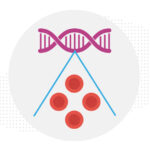Navigating the aplastic anemia journey
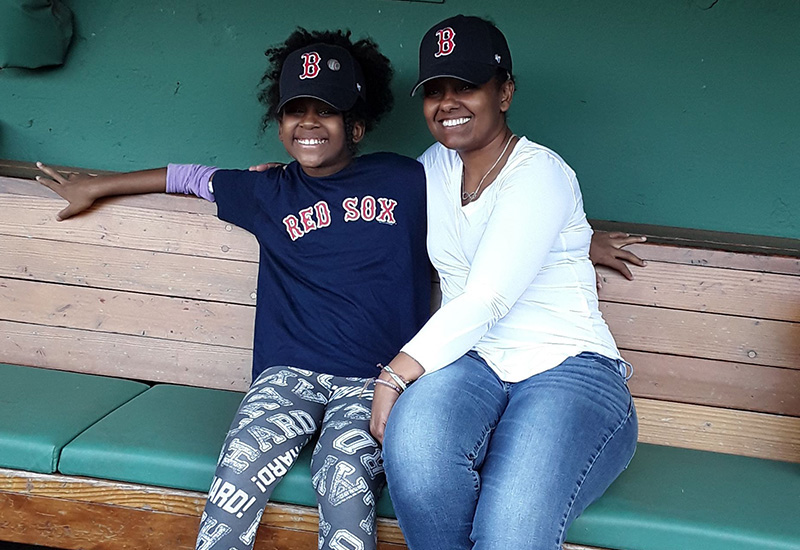
Hadas Asgedom is a woman with many titles: daughter, sister of 12, aunt, mother. But, after her own daughter’s journey with aplastic anemia, she may have earned the right to add another — relentless researcher.
Hadas and her only child, Asada, live in Tampa, Florida, where Asada had always enjoyed theater rehearsals, soccer, and time with her many friends and family. But in 2018, Hadas noticed her 9-year-old was having a harder and harder time keeping up.
“I just thought she was doing too much,” says Hadas, remembering how run-down Asada looked after leaving rehearsal one day. “I knew in my gut something was wrong.”
The following day, when she picked up her daughter from school, Hadas decided to take action.
“She looked different,” Hadas says. “She was pale. It was just an eerie feeling. She got in the car, and I said, ‘We’re going to the emergency room.’”
Once there, doctors immediately gave Asada a blood transfusion — her white and red blood cell counts were critically low. The doctors told Hadas they suspected it was cancer. However, a bone marrow biopsy came back inconclusive. Asada was discharged from the hospital 10 days later without a diagnosis.
“I started doing my own research,” Hadas says. “After 11 days of continuous testing, I asked the doctor about aplastic anemia and she said, ‘No, no, it’s very rare.’”
But they could not rule it out.
Hadas moved Asada to a different hospital, this time in Orlando, where she was diagnosed with aplastic anemia. Asada’s doctor recommended a bone marrow transplant (also called hematopoietic stem cell transplant), the only curative treatment. The transplant process replaces a person’s diseased bone marrow with healthy marrow from a donor, and the new marrow goes on to build a healthy blood system. However, Hadas was reluctant to move forward. The hospital had treated only two patients with aplastic anemia.
Finding answers
Through a friend, Hadas learned about Dr. Akiko Shimamura, director of the Bone Marrow Failure and Myelodysplastic Syndrome Program at Dana-Farber/Boston Children’s Cancer and Blood Disorders Center. In December 2018, right before Christmas, she spoke with Dr. Shimamura on the phone.
“I loved how blunt she was,” Hadas says. “If she could take it on, she was going to take it on. At the time, she was seeing about eight to 10 patients with aplastic anemia per year — I thought, Wow, this is her profession. That meant a lot to me.”
In January, they headed to Boston for the first part of her treatment plan, six months of immunosuppressive therapy to “suppress” the immune response and allow the bone marrow to make blood again.
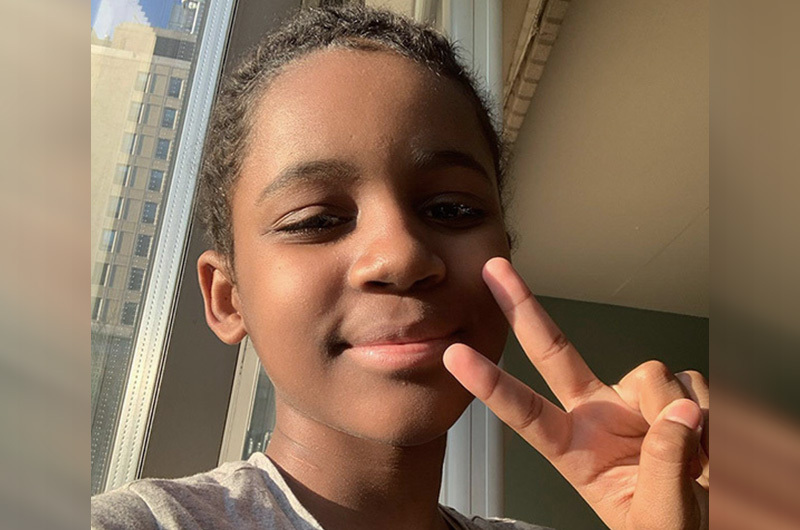
“Asada lacked a matched bone marrow donor, so she initially received treatment with immunosuppressive medications to treat her aplastic anemia,” says Dr. Shimamura. “Unfortunately, Asada fell into the 20 to 30 percent of pediatric patients whose disease fails to respond to this treatment.”
When immunotherapy proved to be unsuccessful, Hadas and Asada agreed with Dr. Shimamura on plan B: a hematopoietic stem cell (bone marrow) transplant. Although Asada lacked a matched donor, her mother was a haplo-identical (half-matched) bone marrow donor. “While such transplants are more complex, our center is highly experienced with transplants for bone marrow failure,” explains Dr. Shimamura.
Since the procedure would require another year away from Florida — and they had already spent nearly half the year in Boston — Asada and Hadas agreed to carry out the procedure in their home state. But it was not meant to be. In July of 2019, stem cell transplant day, Asada experienced serious complications and had to be resuscitated while receiving her intravenous port. She was rushed to the ICU. Hadas decided it was a sign. They belonged in Boston.
A month later, they landed at Boston Logan International Airport and headed straight to Boston Children’s.
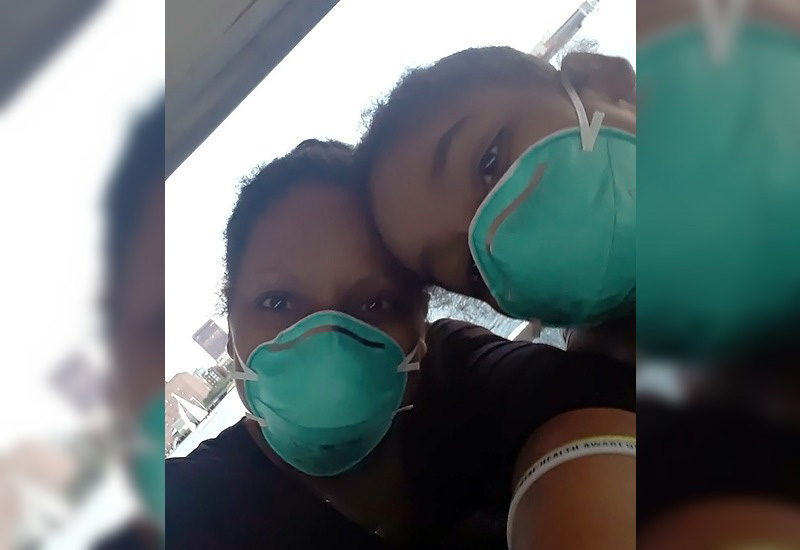
Haplo-identical stem cell transplant
Finally, on Oct. 17, Asada received her bone marrow transplant with stem cells from her mom. “There were no hiccups — everything went well,” Hadas says. “I think doctors have the hardest job, but as a parent, we have to do our due diligence, to do our own research. We have to educate ourselves.”
The risk of transplant goes up when children have developed prior medical complications. Asada had difficulty swallowing and talking, and her lung function was impaired, so her transplant was delayed to allow her body to heal.
“She remained at high risk of infection due to her aplastic anemia during this time,” says Dr. Shimamura. “Fortunately, Asada did well in transplant.”
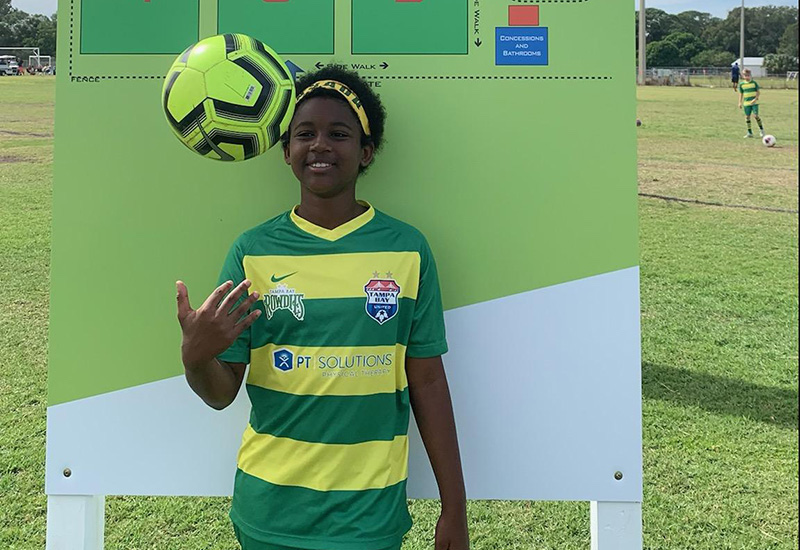
Returning home
Progress has been slow but steady. A few weeks ago, at a follow-up appointment, all of Asada’s bloodwork came back normal. Hadas says her daughter is anxious get back to her routine. “She’s already back on the soccer field — not in full form, but she’s on her way.”
This experience has given Hadas a deeper insight and understanding into caring for a child with a complex condition. She says there are three things she always packs in her suitcase: hope for success, trust in science, and faith in the care team.
And she’ll keep trusting her gut, knowing knowledge is the best item to keep in her carry-on.
Learn more about the Bone Marrow Failure and Myelodysplastic Syndrome Program.
Related Posts :
-

Tough cookie: Steroid therapy helps Alessandra thrive with Diamond-Blackfan anemia
Two-year-old Alessandra is many things. She’s sweet, happy, curious, and, according to her parents, Ralph and Irma, a budding ...
-

Blood across our lifetimes: An age-specific ‘atlas’ tells a dynamic story
The stem cells that form our blood, also known as hematopoietic stem cells (HSCs), are with us throughout our lives. ...
-

A small act of kindness: Blood donations get Sadie off the sidelines after her aplastic anemia diagnosis
In March of 2024, Sadie’s life was interrupted. A busy high school senior with classes to attend, soccer matches to ...
-

A universal gene therapy for Diamond-Blackfan anemia is poised for clinical testing
Diamond-Blackfan anemia (DBA), first described at Boston Children’s Hospital in 1938, is a rare blood disorder in which the bone ...





